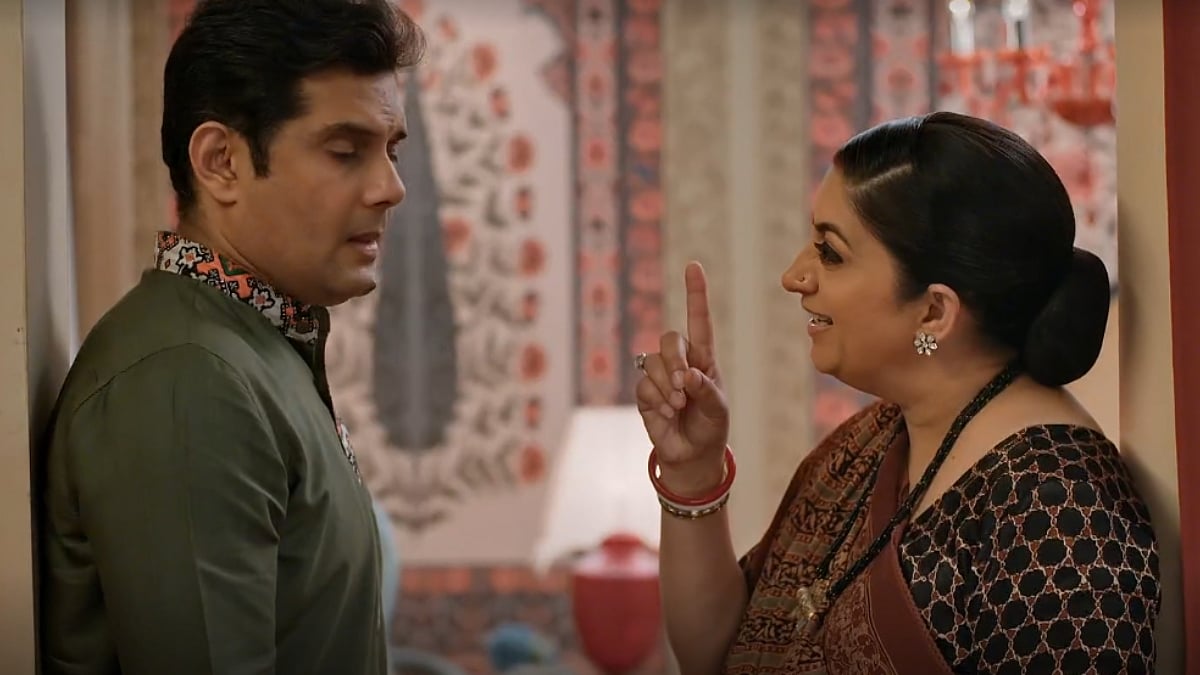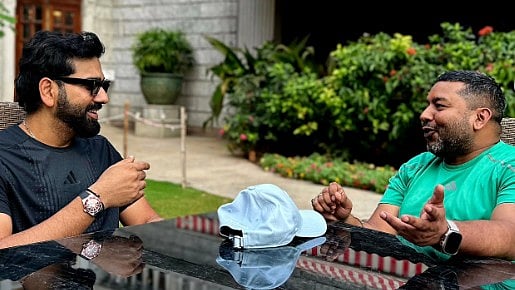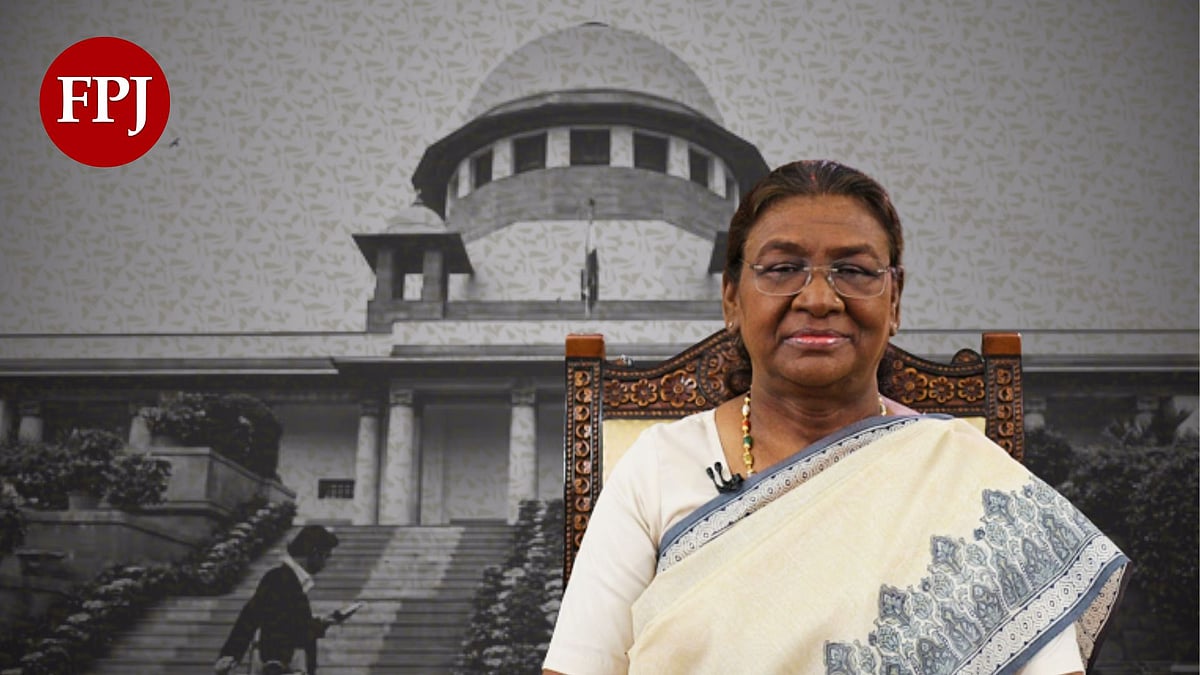Across India, about 1.5 million schools were shut as part of the nation-wide lockdown, affecting 247 million children, from the midnight of March 24, 2020. During the initial lockdown period, set at 21 days, the number of infections increased 2,100 per cent, from 536 to 11,487, according to official figures. Although the spread of the epidemic was disappointing, yet, by removing schoolchildren as vectors of transmission, the spread was slowed from what could have been a worse outcome. The lockdown was extended repeatedly until now, and is being lifted in phases. This comes at a time when a million infections have been added in less than two weeks. One cannot miss the irony of mistiming at both ends of the saga.
When should schools be reopened? Unlock 4.0 guidelines released on August 29 have suggested that schools may open on October 1. State governments are in a dilemma – should schools be opened when the epidemic is still raging? We must balance the harm to children by continuing the lockdown versus the harm to society at large if schools are reopened. We must also consider the harm to children themselves if schools are opened prematurely. These considerations require deep understanding of psychology, sociology and disease epidemiology.
Unlocking is essential to kickstart economic productivity, but can't school re-opening be delinked from economic exigencies? Only an estimated 12.5 per cent of households have internet access -- 27 per cent in urban and 5 per cent in rural India. Online classes are not the answer until all children have access to hardware and connectivity. Without classes, anxiety and depression grow among children who fear academic lag and insecurity about the future -- add to this the emotional deprivation of missing social interactions with peer groups. Many also miss their mid-day meal at school. Malnutrition due to lack of food among the poor and obesity due to lack of physical activity among the rich, will have adverse future health consequences for children.
UNICEF estimates 300,000 child-deaths in the next six months in India due to disrupted health services that were integrated with preschool education at anganwadis, availed by 28 million children. Children with special needs and dependent on individualised attention in schools are helpless. Some families cannot cope with children and parents home-confined, leading to violence and abuse, physical and emotional. Everyone has psychological stress due to loss of social connection at the workplace or school. Child labour, child trafficking, and child marriages are likely if schools remain closed for long. These are reasons to push for early reopening.
What about the epidemic? Surely children will get infected in school buses, roads and inside school campuses. There was a 90 per cent increase in Covid cases among children in the US within four weeks of schools reopening. Fortunately, most children have mild or no symptoms, but a few do develop life-threatening pneumonia or a peculiar ‘multisystem inflammatory syndrome’.
Children will surely bring home the infection to families. A recent study from the Massachusetts General Hospital found high viral loads in infected children, irrespective of age. Adults may be vulnerable to severe disease and death on account of old age or co-morbidities. A surge in Covid cases and deaths can be predicted if schools reopen when daily numbers of infection are an avalanche and a peak of the epidemic curve is around the corner. Clearly, the dilemma is: To open, or not.
If only we could have started preparations much earlier, we could have allowed safe reopening today. Existing infrastructures of schools need a complete makeover, with an eye on ventilation and safety grilles for open windows. Avoiding crowding, planning of two to three shifts could be necessary and teachers so prepared. Resources are required for adequate water supply, disinfectants, hand sanitisers, masks, and soaps. Drills for all staff for infection control; regular cleaning of relevant surfaces and objects; marking visual cues on the floors to prevent crowding; displaying posters promoting cough and sneeze etiquette, correct ways to wear masks, are essential.
Staff above 50 years and those with co-morbidities have to be protected with advice from the health department, and ways must be found to reduce their classroom interaction with children. In case Covid is suspected in anyone connected with the school, testing must be made easy.
Support staff – including bus drivers and attendants must be given full information about the epidemic and mitigation interventions. Children using public transport will need special training for safe behaviour. Guidelines were issued last week for the above safety measures, with recommendations for the partial reopening of schools for Classes 9 to 12 from September 21. Can all schools achieve all of the above before October? If not, reopening may not be wise and Plan B must be invoked.
States must allow schools to open if they comply with all requirements to minimise the risk of infection. Other schools must prepare for online classes, after enumerating children who need special assistance to procure hardware and connectivity and training teachers and students appropriately. Special arrangements for mid-day meals must also be made.
Parents need to be informed regarding these safety measures and encouraged to support children and schools with understanding and cooperation. Children above five years need to be educated regarding cloth masks and hand hygiene even before the schools reopen. Also, there must be clear guidance for schools from local health authorities on what is to be done if any child or staff are found to be Covid-positive.
The availability of a safe and effective Covid vaccine for children will certainly mitigate the concerns of schoolchildren being infected. The ongoing Phase 3 trial of vaccines does not include children. If safety and efficacy are established in at least 1,000 adults who have received two doses in the Phase 3 trial of the Covid vaccine, we recommend conducting two bridging studies in adolescents between 11 and 17 years, and from infants to 10 years of age.
Careful planning and meticulous implementation can help rescue school education from a total break on account of the pandemic. Between time lost from school and protection from serious health problems, the latter takes priority in this dilemma.
Dr Dhanya Dharmapalan is a consultant in Pediatric Infectious Diseases, Apollo Hospitals, Navi Mumbai. Dr T Jacob John is a retired Professor of Clinical Virology, Christian Medical College, Vellore, and Past President, Indian Academy of Pediatrics.
The Billion Press









